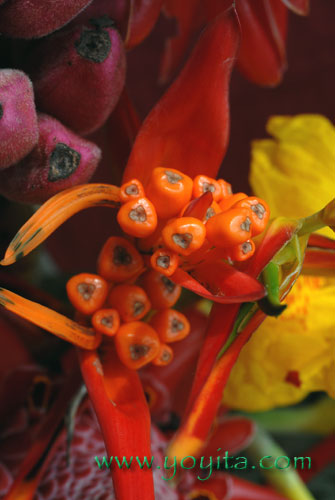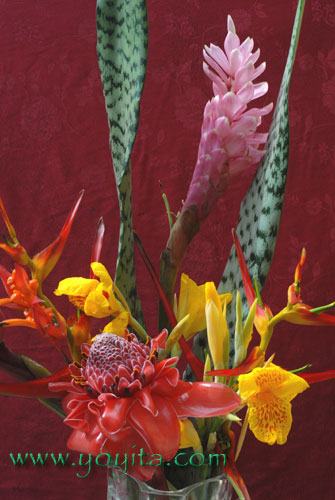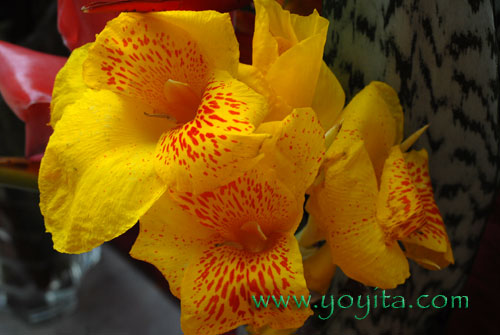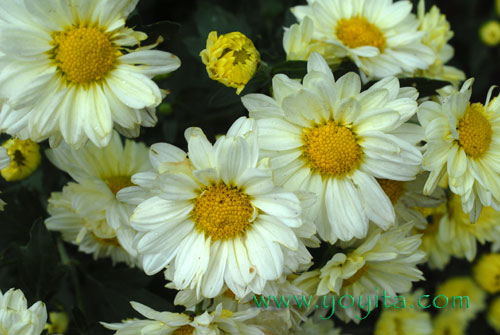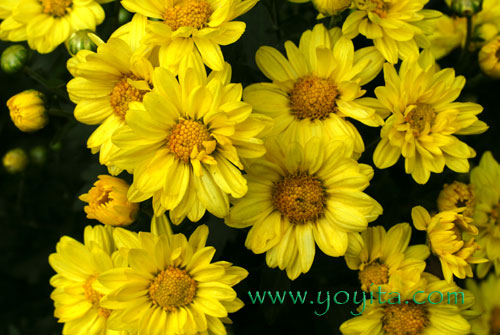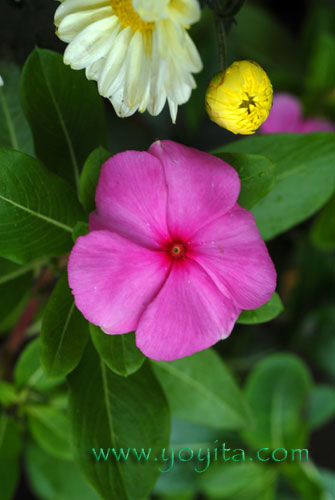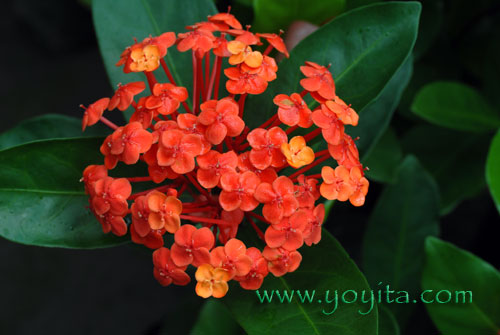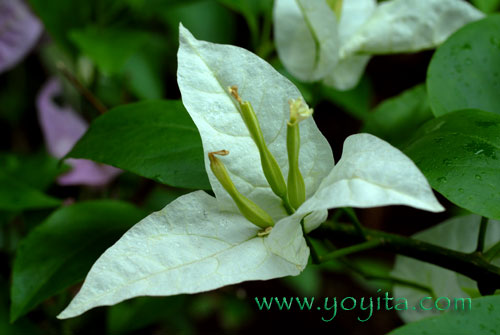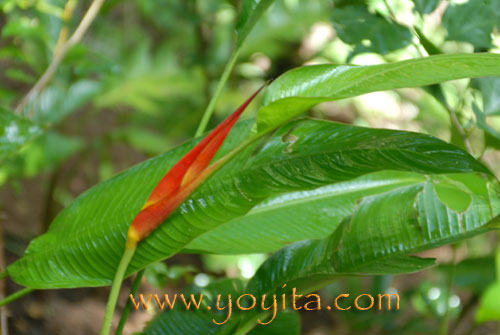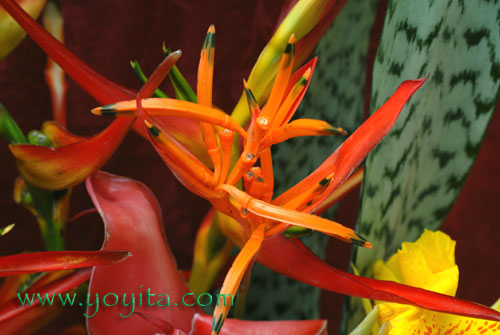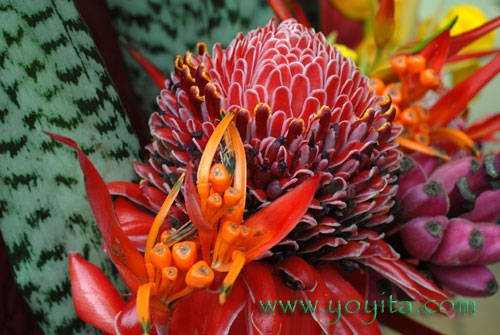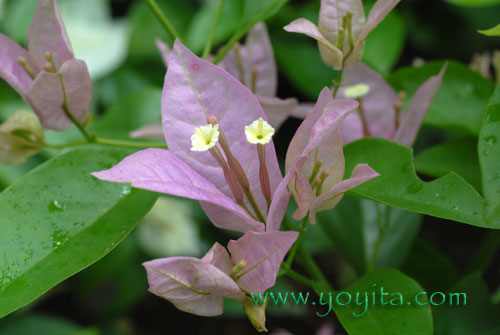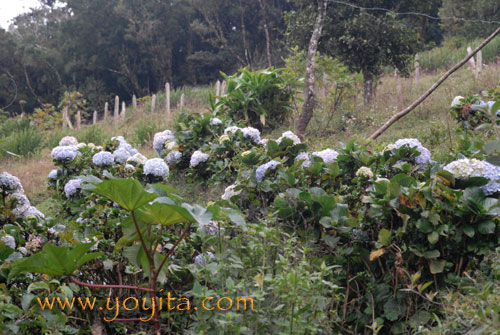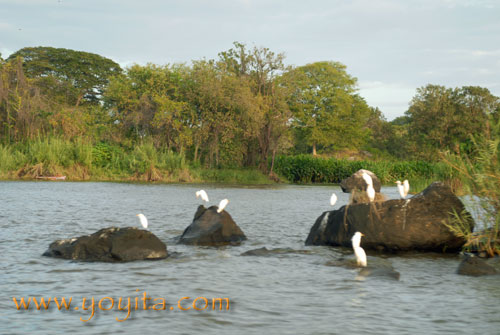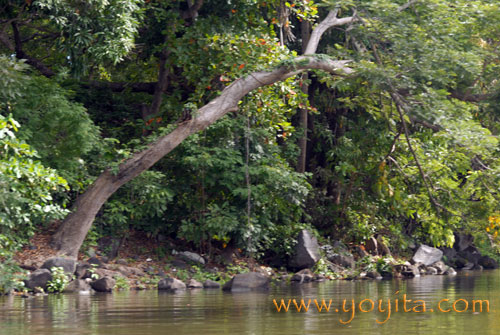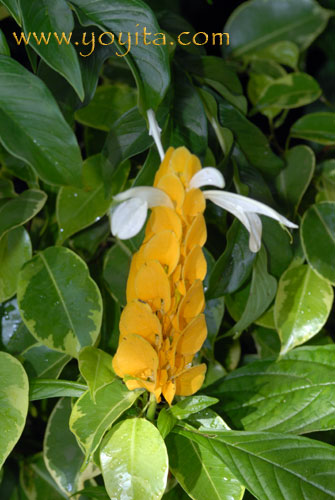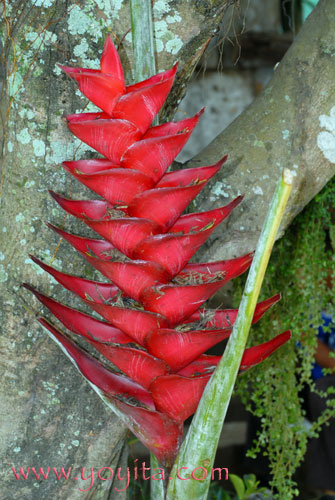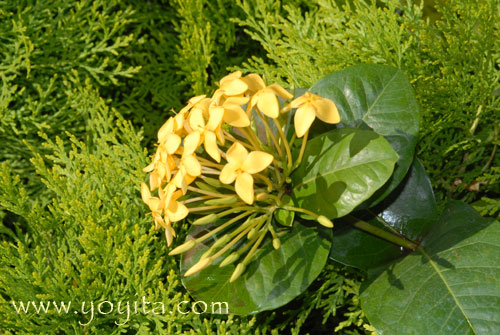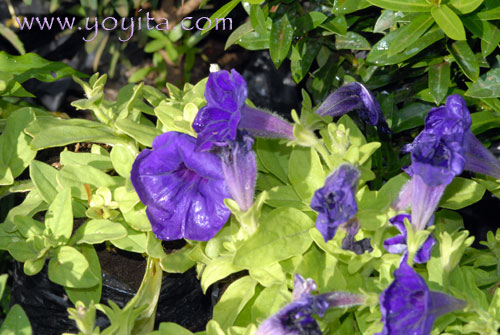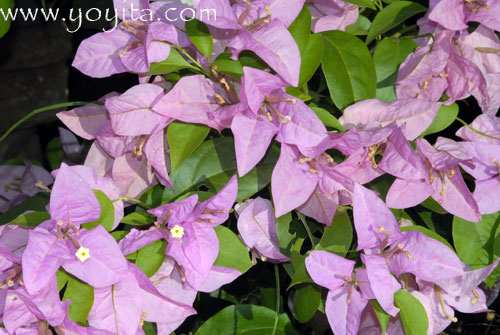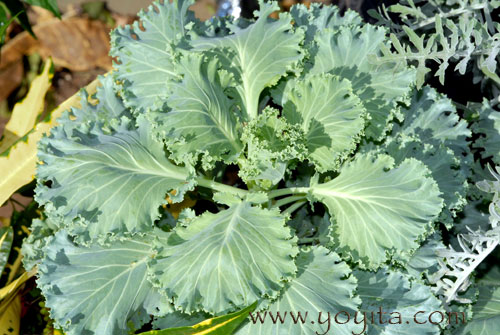Tropical Rainforests:
Tropical rainforests are rainforests generally found near the equator. They are common in Asia, Africa, South America, Central America, and on many of the Pacific Islands.
Within the World Wildlife Fund's biome classification scheme, tropical rain forests are considered a type of tropical wet forest (or tropical moist broadleaf forest) and may also be referred to as lowland equatorial evergreen rain forests.
The tropical rain forests are home to more species than all other biomes combined. The leafy tops of tall trees-extending from 50 to 80 meters above the forest floor-forms an understory. Organic matter that falls to the forest floor quickly decomposes, and the nutrients are recycled.
Rainforests are characterized by high rainfall. This often results in poor soils due to leaching of soluble nutrients. Oxisols, infertile, and deeply weathered, have developed on the ancient Gondwanan shields. Rapid bacterial decay prevents the accumulation of humus. The concentration of iron and aluminium oxides by the laterization process gives the oxisols a bright red color and sometimes produces mineral deposits (e.g. bauxite). On younger substrates, especially of volcanic origin, tropical soils may be quite fertile, as are the soils of many seasonally flooded forests, which are annually replenished with fertile silt.
Rainforests are home to two-thirds of all the living animal and plant species on the planet. It has been estimated that many hundreds of millions of new species of plants, insects, and microorganisms are still undiscovered and as yet unnamed by science. Tropical rain forests are also often called the "Earth's lungs", however there is no scientific basis for such a claim as tropical rain forests are known to be essentially oxygen neutral, with little or no net oxygen production.
Tall, broad-leaved evergreen trees are the dominant plants, forming a leafy canopy over the forest floor. Taller trees, called emergents, may rise above the canopy. The upper portion of the canopy often supports a rich flora of epiphytes, including orchids, bromeliads, mosses, and lichens, who live attached to the branches of trees. The undergrowth or understory in a rainforest is often restricted by the lack of sunlight at ground level, and generally consists of shade-tolerant shrubs, herbs, ferns, small trees, and large woody vines which climb into the trees to capture sunlight. The relatively sparse understory vegetation makes it possible for people and other animals to walk through the forest. In deciduous and semi-deciduous forests, or forests where the canopy is disturbed for some reason, the ground beneath is soon colonised by a dense tangled growth of vines, shrubs and small trees called jungle.
In the tropical rainforest primary colors are enhanced, in plants and animals, there is a wide variety of green colors as well as enhanced chroma on plants and flowers, animal feathers are bright and colorful as well as mammals. We can appreciate the same phenomenon on fruits, their luscious colors are bright and high in chroma and their sweetnes when ripe is enhanced too.
The temperature ranges from 5°C to 50°C. The average temperature is around 27 degrees celsius. |
|


